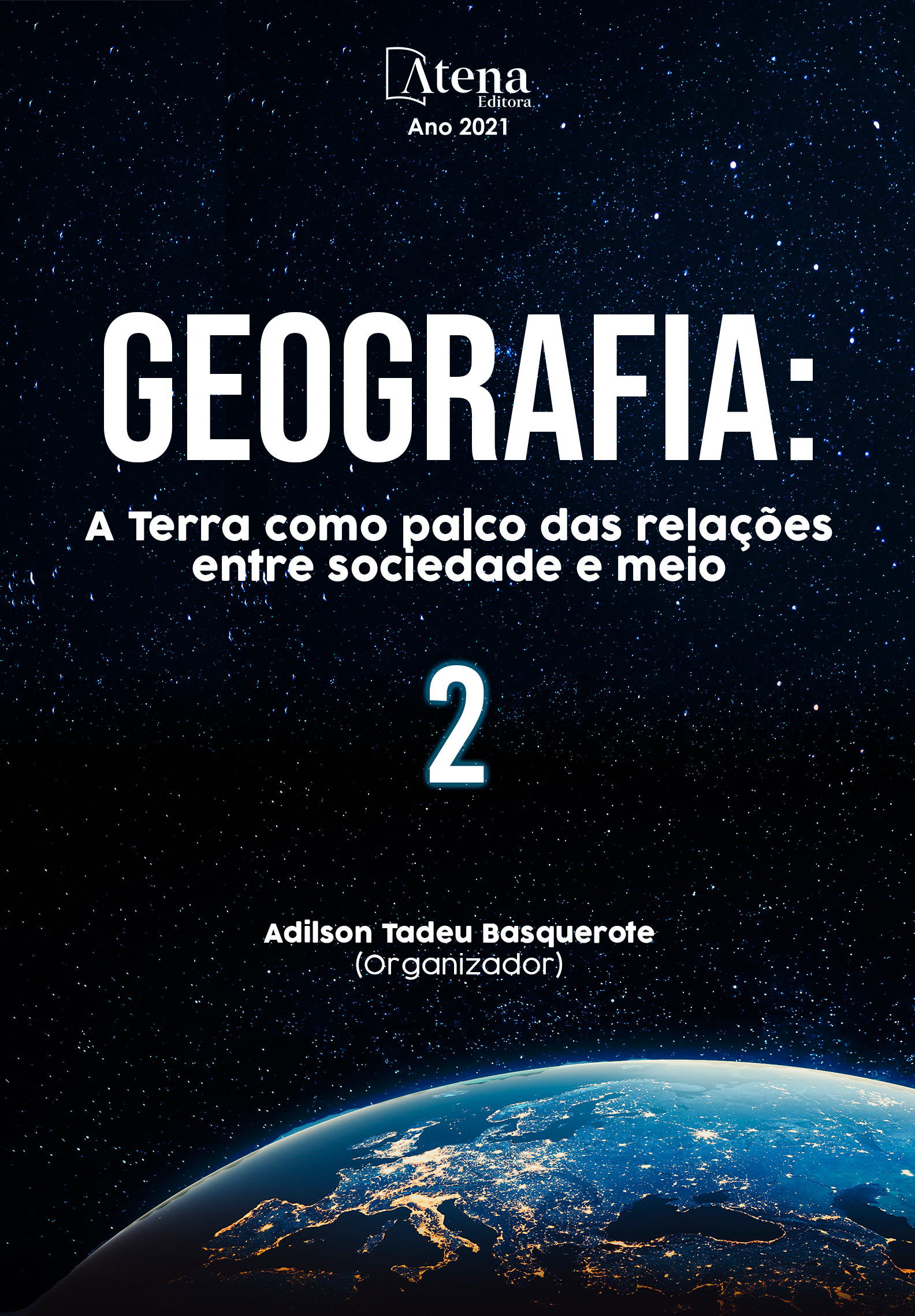
Território e Territorialidade
Parte da tese Território e territorialidade: do “sertão carioca” aos condomínios fechados da Barra da Tijuca, este artigo discute a transformação da Barra da Tijuca e do Recreio dos Bandeirantes, Zona Oeste do Rio de Janeiro, em territórios ímpares, mas não dissociados da antiga baixada de Jacarepaguá. Foram resgatadas as suas primeiras formações populacionais, com intuito de aprofundarem-se as significações sociais construídas, bem como de verificarem-se as características sociais e culturais emergentes, incluindo as dinâmicas organizacionais dos sujeitos que ali habitam. Daí a ênfase no conceito de espaço como intercessório e passível de ser atravessado por outras significações, que acabam por lhe conferir diferentes ângulos e significados. A metodologia liga-se à vertente de pesquisa qualitativa e participativa, voltada às questões temáticas sobre o cotidiano social em seus desdobramentos culturais e identitários. Para isso, fez-se um mapeamento das potencialidades dos locais estudados e dos usuários que ali moram ou transitam, por meio da análise de entrevistas, como forma de incorporar a dimensão subjetiva ao território espacial, numa aproximação dos territórios vividos e construídos. Por serem bairros planejados para preservarem áreas públicas e manterem um distanciamento padrão entre as construções, a Barra da Tijuca e o Recreio dos Bandeirantes voltaram-se para a promoção de um estilo de vida que visa a um bem-estar e a uma qualidade de vida na integração Homem/Natureza. Sua geografia, com uma grande planície cercada por mar, lagoas e montanhas, favoreceu a construção de condomínios, de shoppings e de grandes vias de circulação de veículos; contudo, a maior particularidade dessa área é seu caráter de diversificação, unindo várias classes sociais que por ali moram/circulam/estudam/trabalham. Por ter sua história documentada, incluindo as povoações e a composição geográfica do início do século XVII, a área permite uma pesquisa direcionada à composição social e territorial.
Território e Territorialidade
-
DOI: 10.22533/at.ed.22221221110
-
Palavras-chave: Espaço; Território; Territorialidade; Significantes Sociais.
-
Keywords: Space; Territory; Territoriality; Social Signifiers.
-
Abstract:
Part of the thesis Territory and Territoriality: from the "carioca backlands" to the private condominiums of Barra da Tijuca, this article discusses the transformation of Barra da Tijuca and Recreio dos Bandeirantes, in Rio de Janeiro's West Zone, into unique territories, but not disassociated from the old “Jacarepaguá Lowland”. Its first population formations were rescued, with the intention of deepening the social meanings built, as well as verifying the emerging social and cultural characteristics, including the organizational dynamics of the people who live there. From this, we emphasize the concept of space as intercessory and liable to be crossed by other meanings, which end up giving it different angles and meanings. The methodology is linked to the qualitative and participative research strand, concerned on thematic issues about social daily life in its cultural and identity unfoldings. To this end, a mapping of the potentialities of the places studied and of the users who live or transit there was made through the analysis of interviews, as a way to incorporate the subjective dimension to the spatial territory, in an approximation of the lived and built territories. Because they are neighborhoods planned to preserve public areas and maintain a standard distancing between constructions, Barra da Tijuca and Recreio dos Bandeirantes have turned to the promotion of a lifestyle that aims at well-being and quality of life in the integration Man/Nature. Its geography, with a large plain surrounded by sea, lagoons, and mountains, has favored the construction of condominiums, shopping malls, and large roads for the circulation of vehicles; however, the biggest particularity of this area is its diversification, uniting various social classes that live/study/work there. By having its history documented, including the peopling and the geographical composition of the early 17th century, the area allows research targeting at the social and territorial composition.
-
Número de páginas: 13
- Regina Gloria Nunes Andrade
- Valéria Carneiro de Mendonça


